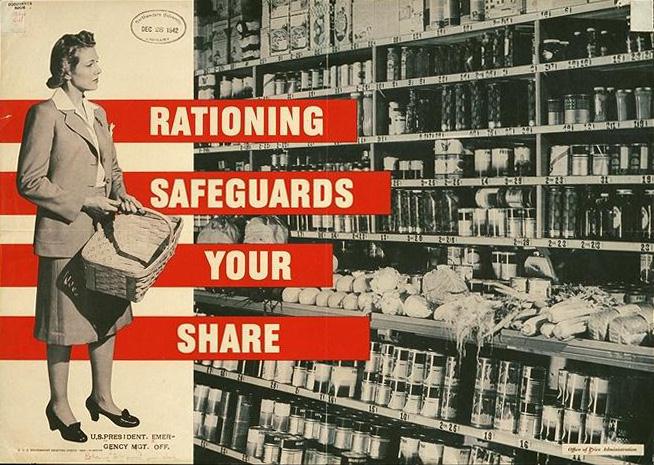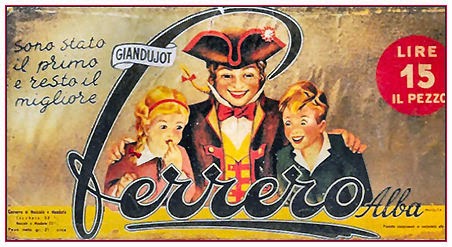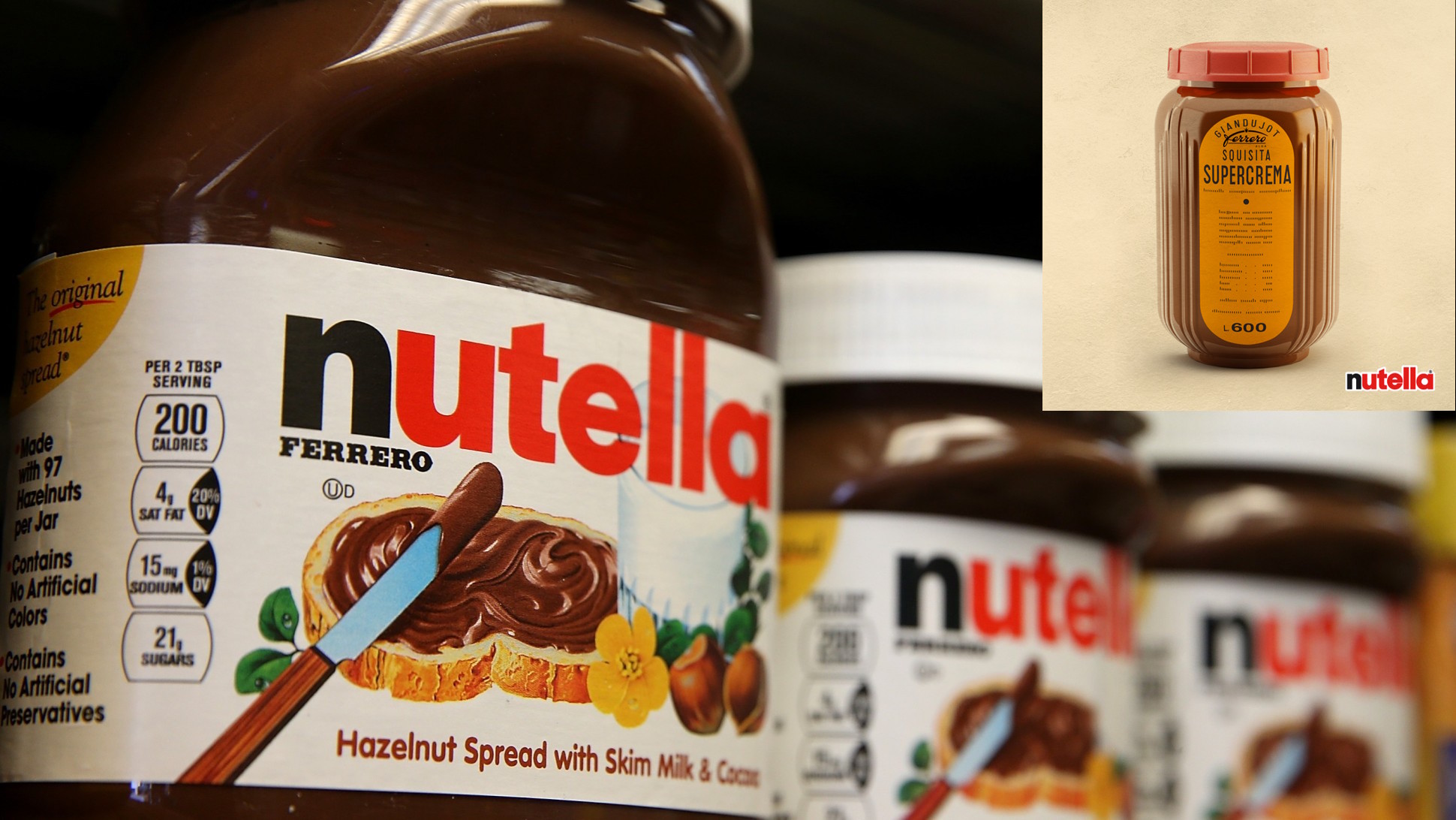One of the best-slash-worst, then back to best spreads, Nutella, defended themselves last week against claims that Nutella causes cancer. The offending ingredient wasn’t the cocoa (whew) but the palm oil.

(source: imgur.com)
Last May, the European Food Safety Authority (EFSA) came out saying that palm oil was more likely to contain carcinogenic agents compared to other vegetable oils. They didn’t say, throw out all the Nutella, but stores began removing the delicious spread nonetheless.
Nutella not alone in the use of palm oil, and they’re unlikely to change their recipe for one reason: money. Palm oil is cheap. It’s also got this smooth texture, one of the key elements in Nutella.
All this attention on peanut butter’s superior alternative demanded we look at how this delight came into our lives. If you thought it was a gift from the aliens, then you and I have been riding the same foolish boat.
Like all great things, the formula was actually more about supply and demand as it was about making something addictive. It all started because someone used up all the chocolate to fight a war. You may have heard of it.
WWII Cocoa Shortage

(source: auntlilskitchen.com)
In fairness, WWII created many shortages. Rationing was part of the Operation Home Front war effort. The government asked Americans to ration items like food, gas, and clothing. Although nobody specifically called out chocolate for rationing, it fell under the general category of food.
Chocolate was and has been a staple in military rations since the first one in 1937, so that’s where it was going during the war effort. The original D ration had chocolate as it was an easy to swallow source of quick fuel.
Hershey’s chocolate made a thick bar of chocolate for the K rations, the one that WWII soldiers consumed. Those bars were nowhere near the smoothness of Nutella, though. Military rations needed to stand up to the heat of war, but they used tons of cocoa nonetheless.
A Spread Was Born

(source: blublogpreziosa.blogspot.com)
Piedmont Italy,1946. Pietro Ferrero, a pastry maker, wanted to make his cocoa go further. Because the supply of cocoa was so thin, if you could find some, it wasn’t cheap.
On the flip side, the Piedmont area of Italy had hazelnuts coming out their ears. Ferrero’s ingenious idea was to combine a little cocoa with hazelnuts and sugar to stretch out the cocoa. Your guess is as good as mine when the palm oil came into play, but it’s not mentioned on the list of original ingredients.
The first version didn’t go into jars. Ferro shaped it into a little loaf, which people sliced for spreading on bread. It sounds like the original was closer to a large pat of butter than a jar of chocolaty goodness.
Back then people called it Giandujot, which was the name of a carnival character. Thank Cocoa they changed the name to something more simple for us English speakers.
Nutella

(source: firstversions.com)
Italy, 1964. After a brief stint as SuperCrema, a better but still imperfect name, the paste known as Giandujot took the name of Nutella. This new product was the brainchild of Ferrero’s son, Michelle. Apparently, the hazelnut didn’t fall from the tree.
The formula for the spread changed too, getting spreadier over time. Whereas the first batch was more like butter, SuperCrema came in a container that looked suspiciously close to a medicine container. Fans would argue Nutella IS medicinal.
The Nutella of ’64 was about the same as what we know as Nutella today. The jar was different, but the texture and flavor were pretty close.
The popularity of Ferrero’s new spread, well… spread to other parts of Europe, starting with Germany in ’65. But then, they had worked out the look of the famous Nutella jar. The German’s loved the spread so much, they told their friends in France. By ’66, France was also smitten.
In 1978, Australians polished off whole jars of Nutella over a single weekend as the craze spread down under!
Fine, I was talking about myself just there, but Nutella did hit Australia in ’78. Anyway, after that, it was all over for us. Nutella was everywhere.
With a half-century under its belt, the Nutella story is historic and tasty. For this writer, you could tell me they radioactive isotopes in every jar. I’d still drain a whole jar on my Sunday morning pancakes without batting an eyelash. If you’ve not enjoyed Nutella yet, you may be missing out on life.

